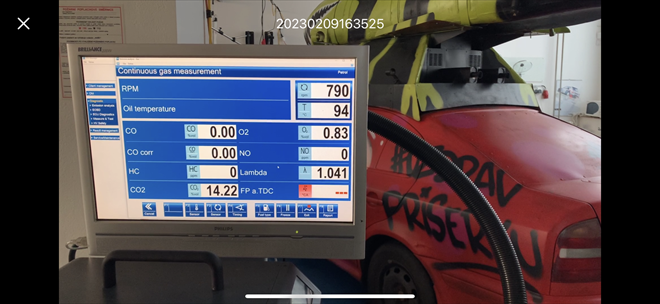

We purchased this car for the price of about seven full tanks of petrol, with a strong warning from the salesman that it won't pass its next MOT. At least the purchase contract described its condition in all structural groups as a wreck.
We were all then astonished by the year-old MOT report, saying everything was in good condition except for a few minor faults!
The used-car dealer eliminated possible complaints with the worst report. The MOT station with the best report says it's "grateful" for the five hundred crowns (20 EUR) in the inspector's pocket.
We decided to buy this car. We will either get this unpopular car up and running or use it for our diverse diagnostic training. Unpopular because this model was notorious for a permanently illuminated MIL light that nobody really knew how to fix. It was apparently an unsolvable problem. On our trip back from the dealer, it came on, but we know how to deal with these faults. FCD stands for First Car Diagnostic, which translates to something like "initial" or "elementary" diagnostics, which examine, although in a simple way, but in detail the root causes. So for us, it isn't unsolvable.
The AQY is the first ŠKODA engine from 1999 to feature the EOBD. It has a cable-operated throttle, but it has two Lambda sensors and a very solid and durable catalytic converter. The MIL light frequently illuminates because the emissions monitoring system is stringent and quite unusual for the time.
The two Lambda sensors are of the same type, and one controls the other. More precisely, "the rear controls the front". The self-study program for this engine provides incorrect information, but basically, the "rear lambda sensor is trusted more. That's where the pitfall is.
Because this onboard diagnostics system requires that the Lambda sensor voltages match in quite a narrow window. If their threshold voltages don't match within a few thousandths of a volt, the MIL light comes on. It's called Lambda sensor calibration. It's therefore not recommended, to combine different brands, for example, where the first is Bosch and the second is NGK. The risk that their calibration voltages will differ is much higher.
We wanted to avoid the risk and bought both Bosch Lambda sensors. The irony is that the MIL light illuminated again after a few miles. So we purchased another new front sensor and deliberately a Starline sensor while the rear was Bosch. Amazingly, the two different brands matched each other, so the light no longer came on.
Hint: How do the Lambda sensor manufacturers do this, the Lambda sensors are calibrated by inserting resistors. To avoid having to buy and test ten Lambda sensors to see which one has the closest calibration voltage, you can see which Lambda sensor in the first position (control S1 - upstream) can actually regulate LAMBDA = 1,000 on the exhaust gas analyzer at idle and then calibrate the other one (irrespective of brand) by inserting a resistor.
As long as the Monster has that valid (in reality probably bribed) MOT certificate, it will fulfill its two key missions, in the main role of the "Heal the Monster" project. This is supported by Norwegian funds and the Ministry of the Environment, so that people, surrounded by populist media, don't live in delusions and misinformation.
The second role of the monster is the laboratory measurement of emissions inside the vehicle cabin. With this practical demonstration, we want to show honest people what they breathe in their cars when they drive behind a car that doesn't comply with emission regulations. The tests were conducted in the city at different levels of traffic density.
Out of 12 hours of measurements in various weather conditions, we recorded and documented almost 4 hours in our public awareness video. Our testing has shown no correlation between the vehicle's age and the degree of pollution by which they "impact" the environment! In other words, it isn't true that an old car has worse emissions while a newer car has better emissions. On the contrary, we were surprised several times by the high emissions emitted by new cars, especially those in bad technical shape. This is even worse because their high-pressure fuel injection systems produce invisible but much more harmful micro-emissions damaging our health.
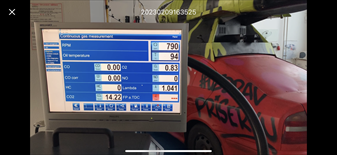
The idle measurement showed zero "poisons", but the legislation specifies that the mixture regulation should be within the Lambda window (0.97 to 1.03), and as you can see, our Monster doesn't comply. The cause is the mismatched calibration of the upstream and downstream Lambda sensors.
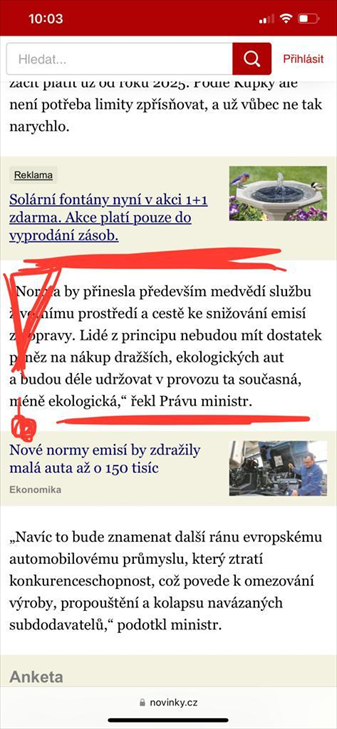
It is not entirely correct and fair to say that old cars are not environmentally friendly. Our street testing hasn't confirmed this. Our Monster is 24 years old, and we managed to get it back in shape with a few minor repairs, and the emission system started to perform better than at least half of the cars we met on the streets. (The article quotes: "Above all, the standard would do a disservice to the environment and the path to reducing transport emissions. People will not have enough money to buy more expensive, environmentally friendly cars and will keep the current, less environmentally friendly ones in service longer," the minister told Právo.)

Children are usually transported to schools and kindergartens in the early morning and then in the afternoon by car. Almost always at peak hours. In the morning, it's even worse because the combustion engines are usually still cold. Those with catalytic converters and particulate filters are fine, they don't emit any poisons, but those with a defect emit up to 20,000 times more poisonous emissions among the children than they are legally allowed to!
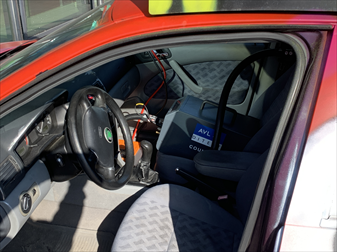
While the emission stations at the MOT test station generally cheat or measure methodically sanitised rubbish, this device will detect whether a vehicle with a diesel or direct-injected petrol engine is emitting dangerous particulates. And it doesn't have to measure them at the tailpipe. All you have to do is drive behind such a car and the ventilation system will send the emissions of the vehicle in front of you into the cabin, where it's clear whether it's bad. All of a sudden there are 30 to 100 times more microparticles in the cabin than when you're following a "healthy" car, no matter what age or type.
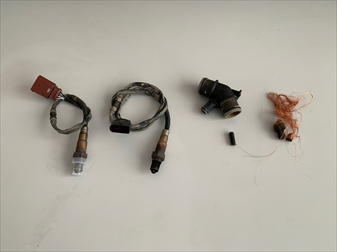
Spare parts are available cheaply for the hundreds of thousands of old cars on the streets. A control Lambda sensor 35 EUR, and the monitoring sensor was approx. 85 EUR, the coolant outlet (deteriorated) cost approx. 3 EUR and the ABS sensor for the rear left wheel was approx. 8 EUR.
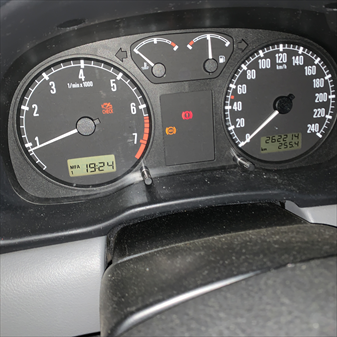
This 1999 Octavia uses the old diagnostic protocol and an older MIL symbol on the instrument panel, which was illuminating more frequently. The workshops were quite often unable to resolve this, so repair attempts were frequent and usually unsuccessful.
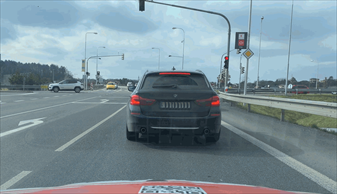
The biggest emitters of billions of microparticles are usually relatively modern cars equipped with compulsory particulate filters. However, if they no longer have one or if the filter is cracked, these cars pose the biggest threat. Unlike the old diesel, their soot is much smaller due to the high injection pressures and, therefore not visible to the human eye. Discreetly, they are poisoning our lives. And neither the Czech Police nor the Ministry of Transport does anything about it.
Kompletní informace na toto téma
a mnoho dalších informací najdete pod odkazy níže.
Vyzkoušejte si nás nezávazně na 14 dní zdarma.
Vyzkoušet 14 dní zdarma
Komentáře (0)
Vložit soubor